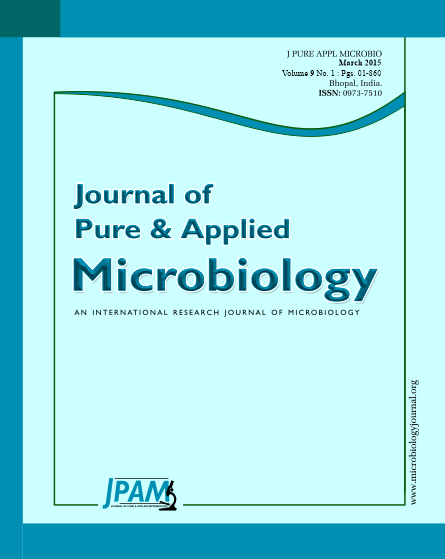Deficiency in energy substrates or stress causes disruption of the Krebs’ cycle, leading to a wide range of metabolic disturbances. In the present study an effort was made to unravel the underlying possible mechanism behind the cardio-protective effect of a succinate based herbal formulation Ambrex. Male Sprague Dawley were pre-treated with Ambrex (40mg/kg b.wt./day, p.o) for a period of 21 days. On 20th Day, isoproterenol hydrochloride at 85mg/kg by wt X 2 doses (24h apart) was injected subcutaneously to induce necrosis.Heart tissue mitochondria were isolated for the estimation of mitochondrial enzymes and gene expression of p53, Bax, Bcl2 and Caspase 3 were measured by RT PCR. The characterization of Ambrex was done by FTIR analysis. Isoproterenol-induced myocardial infarcted rats showed significant (p < 0.001) increase in the expression levels of apoptotic genes, p53, Bax, Caspase 3and decrease in the anti-apoptotic gene Bcl2(p < 0.001).Ambrex pretreatment down regulated the apoptotic gene expression. Moreover, the TCA cycle enzymes which were found decreased in the ISPH induced rats showed an enhanced activity in Ambrex pretreated rats. The FTIR analysis showed a sharp absorption peak at 1600 – 1760 cm-1 ,assigned to C=O stretching vibration in carbonyl compounds characterized by the presence of high content of terpenoids and flavanoids. Data from the present study suggest that Ambrex prevents the development of cardio-toxicity by a pathway partially related by its ability to increase expression of anti-apoptotic genes and to decrease apoptosis in cardiac tissues with the consequent modulation of the energy producing mitochondrial enzymes, providing insight on the role of succinic acid and other bioactive constituents in the formulation.
FTIR, apoptosis, Bcl2, mitochondrial, enzymes, herbal, succinic acid, myocardial infarction
© The Author(s) 2015. Open Access. This article is distributed under the terms of the Creative Commons Attribution 4.0 International License which permits unrestricted use, sharing, distribution, and reproduction in any medium, provided you give appropriate credit to the original author(s) and the source, provide a link to the Creative Commons license, and indicate if changes were made.


